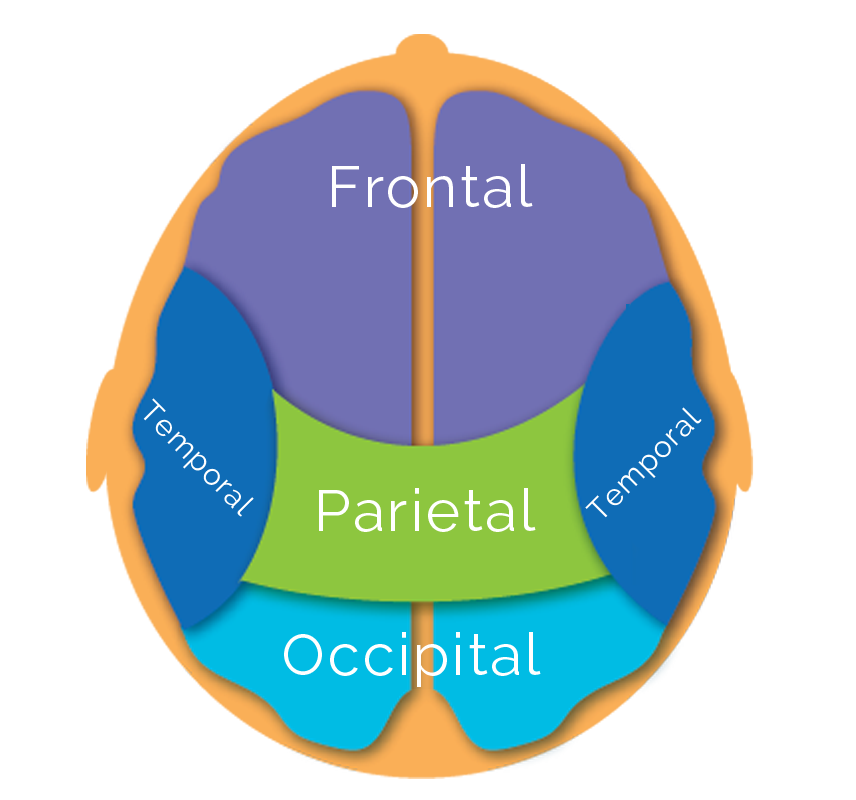Neurotherapy Overview
Neurotherapy, also called Neurofeedback (NFB), Biofeedback, or Brainwave Training is a type of alternative therapy that uses real-time displays of electroencephalography (EEG) to illustrate brain activity. By recording brain wave activity using sensors placed on the head, our doctors can gather information about why you may be having clinical symptoms based on what is happening in your brain.
States of neurophysiological over-arousal or under-arousal can contribute to why you may be manifesting symptoms of anxiety, depression, attention deficit disorder (ADD/ADHD), and a variety of other stressful conditions.





